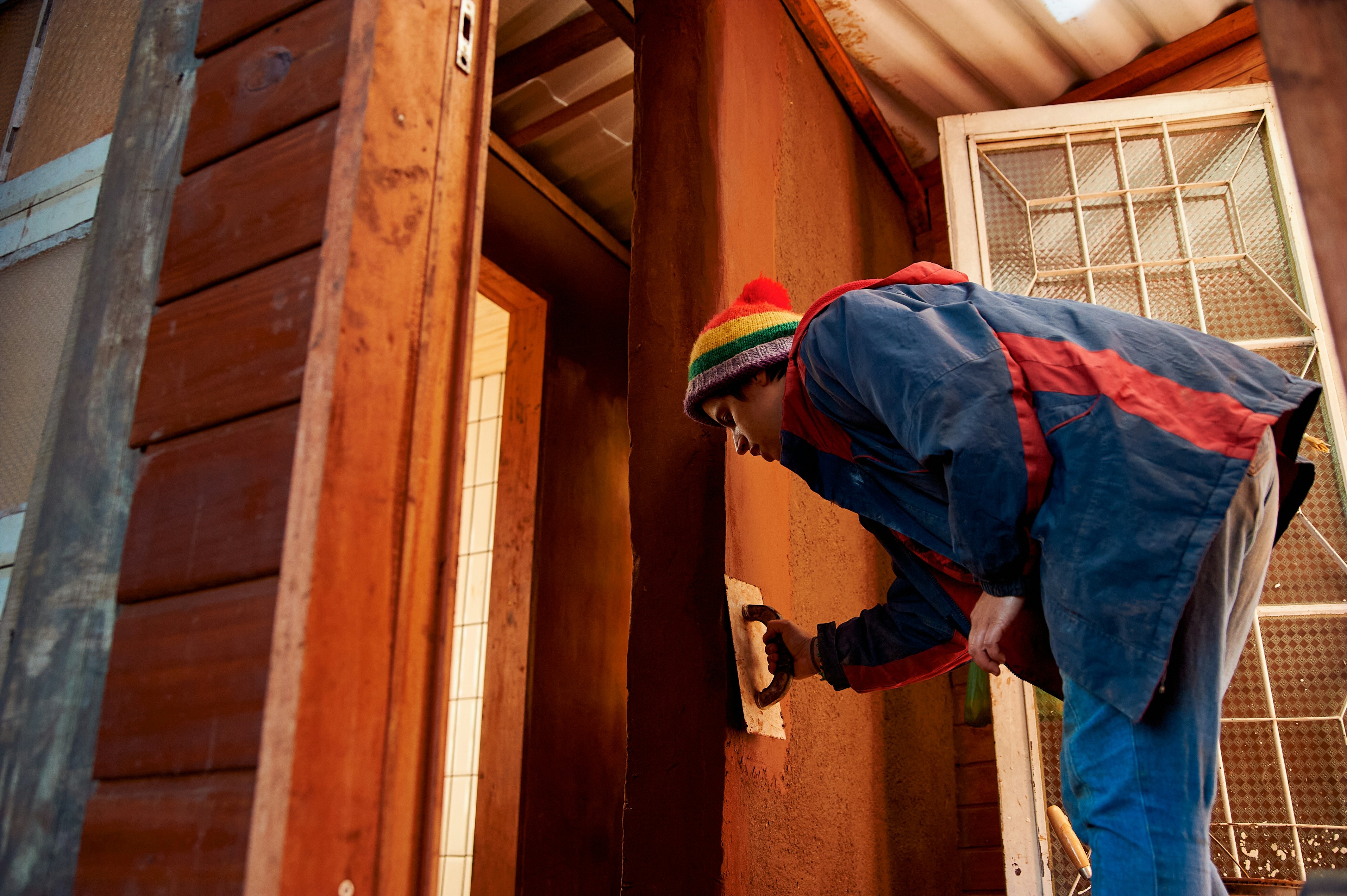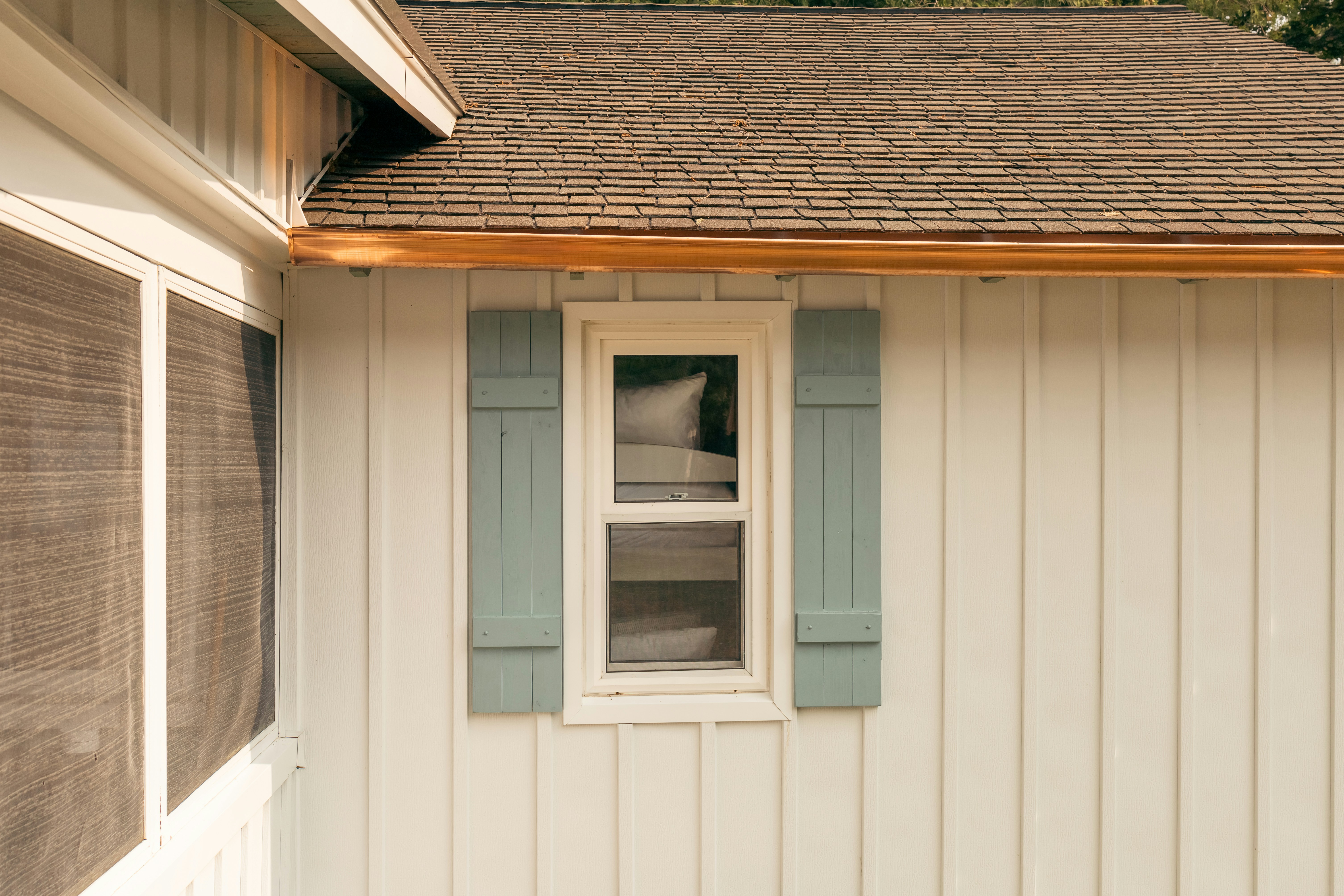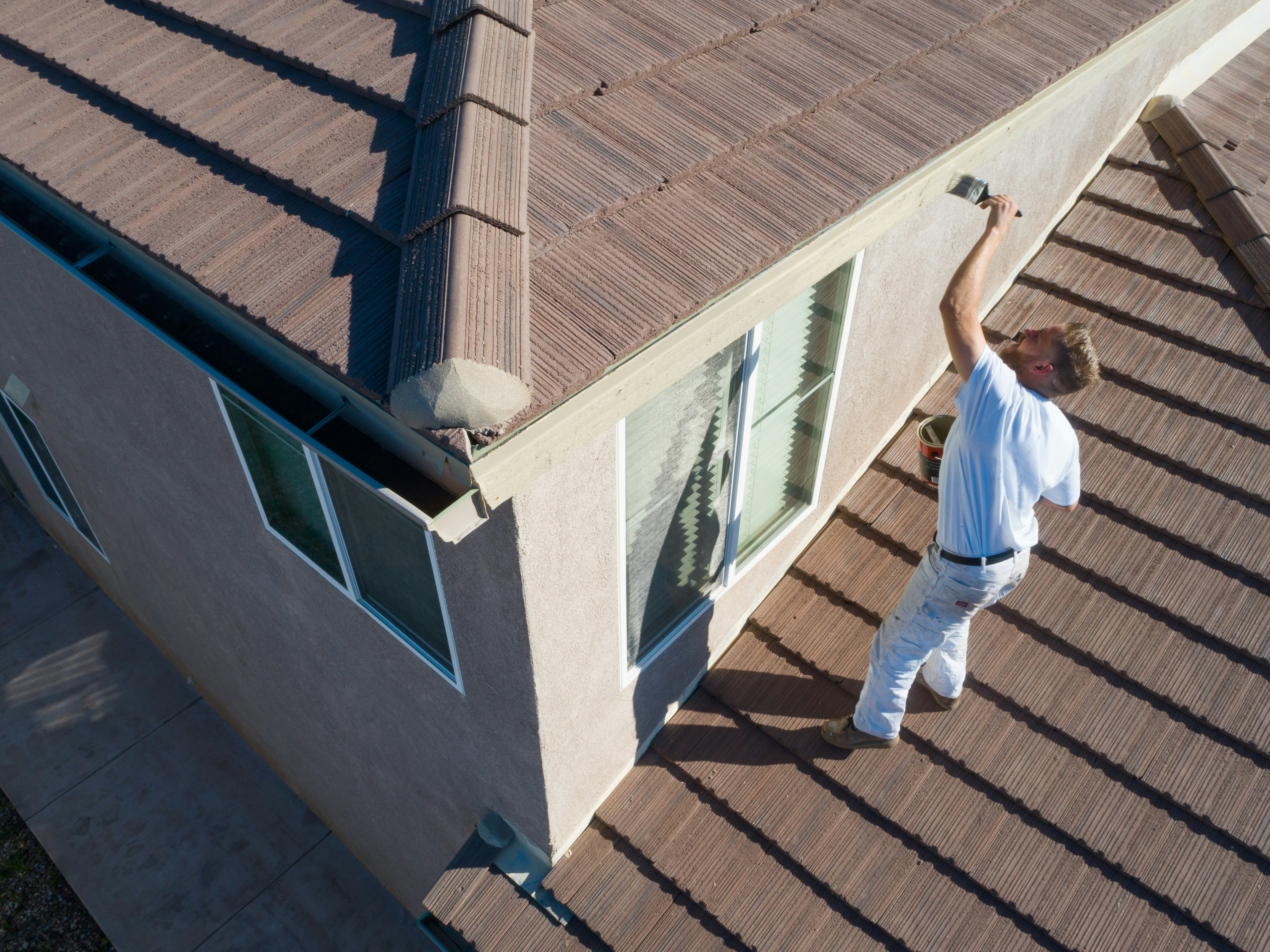An Introduction to Mold
As we delve into our exploration of mold in Seattle, it becomes imperative first to understand precisely what molds are. They represent a form of fungi that thrive in warm, damp environments and reproduce by forming tiny spores invisible to the naked eye; these spores float through indoor and outdoor air continually.
Molds play a pivotal role in nature by breaking down dead organic matter such as fallen leaves and dead trees; indoors, their growth should be prevented – they can grow on any high-cellulose surface given the right conditions: moisture and oxygen. There's more than one type of mold – over ten thousand species are recognized scientifically – but all share some common characteristics.
They're resilient organisms capable of surviving harsh conditions where other life forms fail to thrive. However, when they invade indoor spaces, the effects can be detrimental, causing both structural damage and health issues.
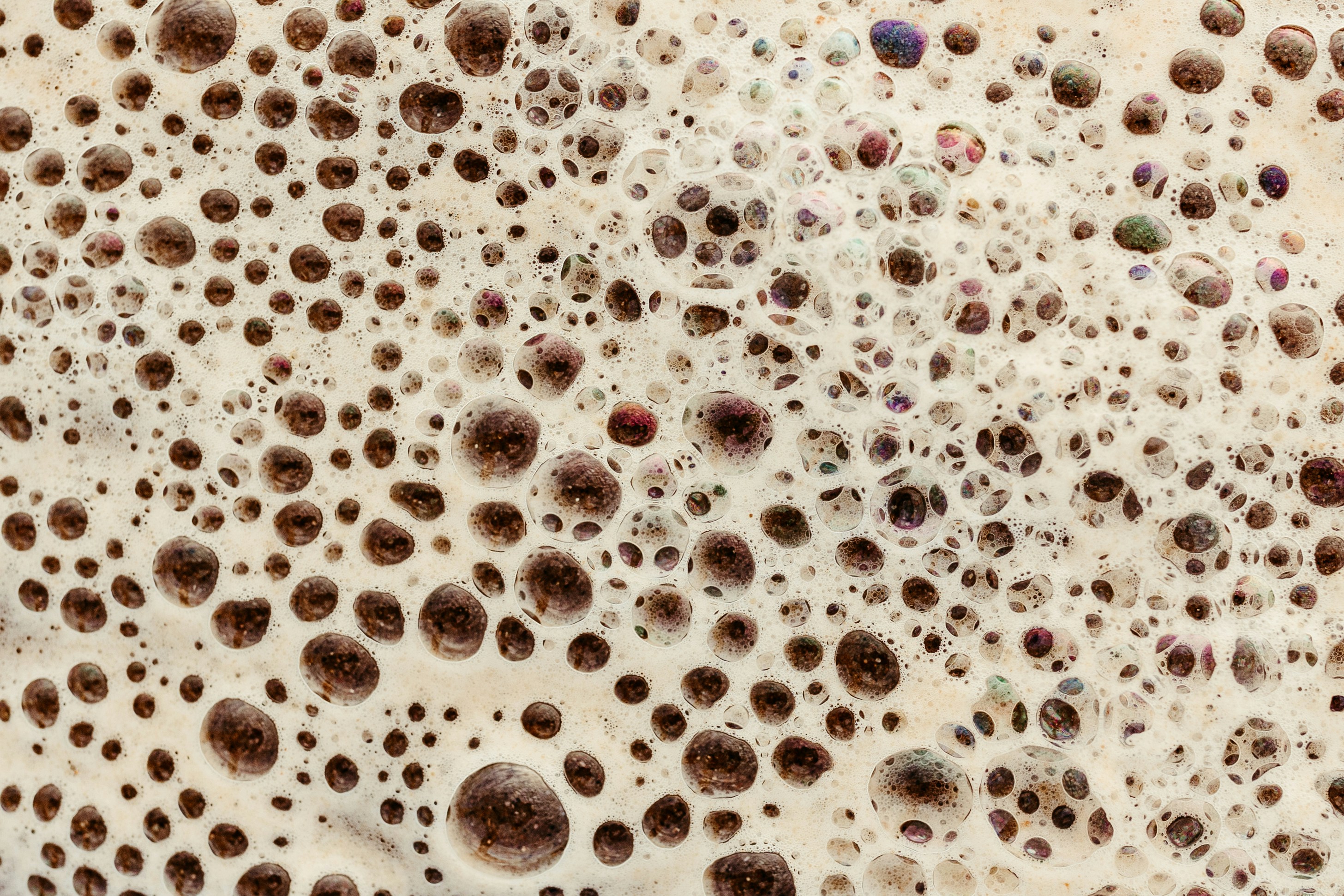
The Impact of Mold
Mold is not merely an aesthetic blight; its impacts are far-reaching and potentially hazardous. On a structural level, mold feasts on organic material in your homes such as drywall and wooden beams, impairing the integrity of these structures over time.
It can cause discoloration and a foul odor that permeates the space it infests. The indoor proliferation of mold also holds adverse implications for human health.
Exposure to mold spores can trigger allergic reactions in sensitive individuals - these reactions range from minor irritations like sneezing or a runny nose to more severe respiratory issues like asthma exacerbation. More sinisterly still are mycotoxins – toxic compounds produced by certain molds.
Prolonged exposure to mycotoxins can lead to dire health complications including neurological problems and in rare cases, death. In our subsequent sections, we delve deeper into Seattle's struggle with this persistent fungus – exploring its prevalence in the city's buildings, how climate factors contribute to its growth, common types found in the area, prevention strategies employed by locals and resources available for those grappling with a mold problem.
Mold in Seattle: An Overview
The Ideal Breeding Ground: Why Seattle is Prone to Mold
Seattle's geographical and climatological attributes make it a magnet for mold. The city, nestled between the waters of the Puget Sound and the rugged cascade mountains, has a climate classified as oceanic or marine west coast. This means that it experiences mild, wet winters and warm, relatively dry summers.
However, it's the city's propensity for high humidity levels and frequent rain that make it an ideal breeding ground for mold. In addition to this, the city is enveloped in cloud cover for a significant part of the year which results in less sunlight penetrating through to dry out homes and buildings.
This lack of sunlight not only contributes to increased moisture inside homes but also creates conducive conditions for molds which thrive in darker environments. Furthermore, many residential and commercial structures in Seattle are older with inadequate ventilation systems which trap moisture indoors – all these collectively contribute to persistent mold issues.
Variations in temperature during different times of the day also contribute significantly to mold growth in Seattle. When warm air cools down rapidly as is common during early mornings or late evenings here, it fails to hold onto moisture which then condenses on various surfaces providing an excellent environment for mold spores to germinate and proliferate.
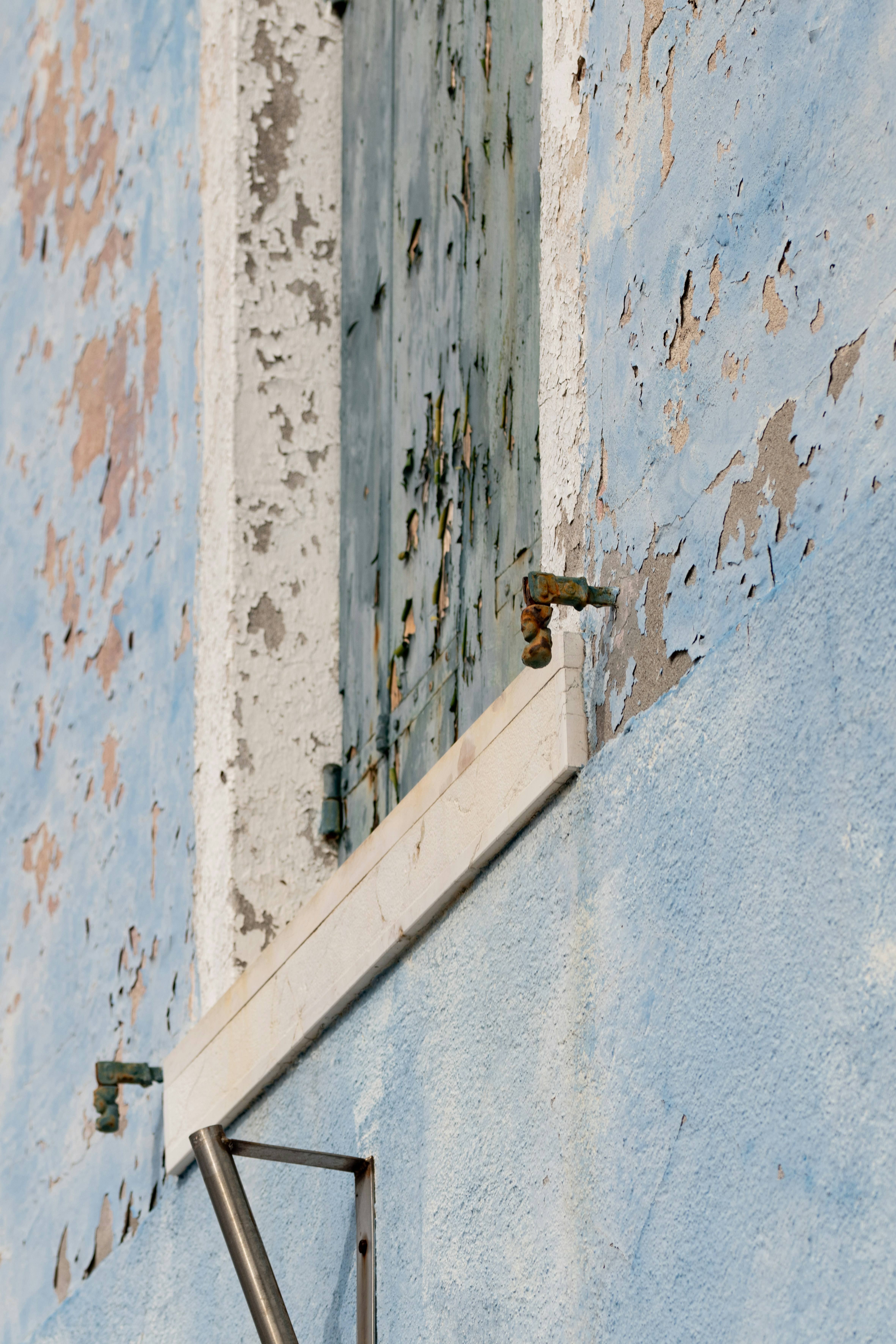
Unmasked: The Prevalence of Mold In Seattle Homes And Buildings
The prevalence of mold in Seattle homes and buildings is alarmingly high due largely to the aforementioned climatic conditions combined with other environmental factors within individual properties like poor insulation or moisture control mechanisms. According to research conducted by several independent environmental agencies over recent years, nearly 70% of homes examined were found harboring some form of visible or non-visible fungal growth predominantly consisting various species like Aspergillus Penicillium and Cladosporium – known for their adverse health effects.
Further, a report by the Seattle Department of Construction and Inspections revealed that one in four buildings in the city showed signs of dampness and mold. While many cases are benign, others can lead to serious health issues, particularly affecting those with allergies or respiratory conditions.
In commercial buildings specifically, inadequately maintained heating, ventilation and air conditioning (HVAC) systems were identified as primary sources of mold infestation due to their potential to collect and circulate organic matter including dust particles which can facilitate mold growth. In this regard, it is no surprise that the demand for professional mold remediation services has witnessed a significant increase over recent years across Seattle.
Types of Mold Common in Seattle
Seattle, with its damp and relatively cooler climate, serves as a conducive environment for several types of mold. Some are rather common and can be found in many households, while others are quite rare but have the potential to cause significant harm if their presence is left unchecked.
An understanding of these molds can help residents take necessary precautions or remedial measures. Let's delve into a comprehensive study on these various types of molds prevalent in the city fondly known as 'the Emerald City'.
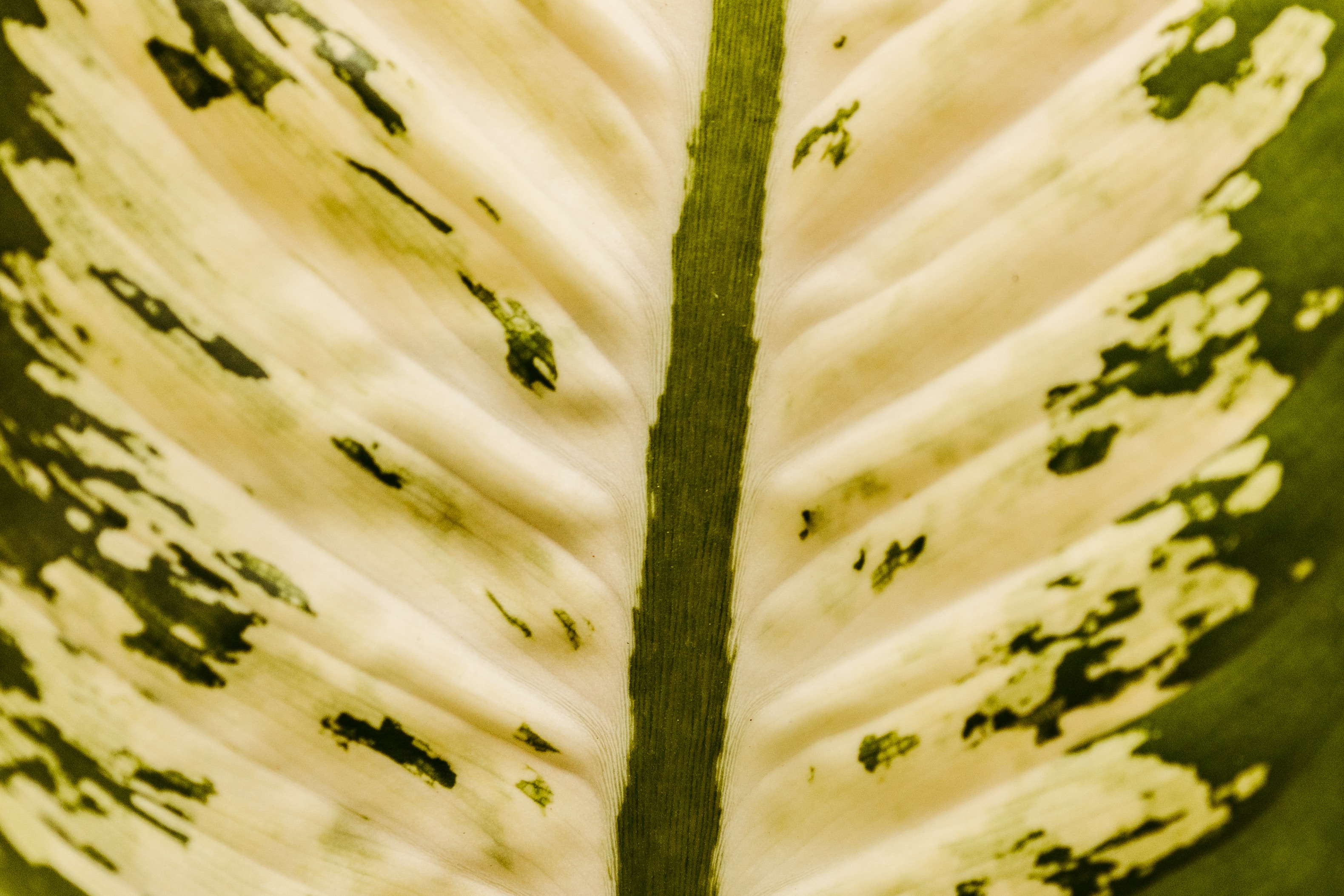
A Closer Look at Aspergillus
One common type of mold found not just in Seattle but also across the world is Aspergillus. This genus comprises hundreds of species that often appear in an array of colors from yellow-green to blue-green or even white to black.
They are typically found on decaying vegetation and organic matter such as compost piles. In indoor settings, Aspergillus prefers moist environments like bathrooms or kitchens and often grow on walls, insulation material, or even clothing.
Most species are harmless; however, some like Aspergillus fumigatus or Aspergillus flavus produce toxins which can lead to severe health issues particularly for people with weakened immune systems. The risk factor with this mold lies in its ability to release large volumes of microscopic spores into the air which individuals may unknowingly inhale causing potential respiratory problems.
Understanding Cladosporium
The second type we discuss is Cladosporium, renowned for its characteristic dark green to brown or black colonies. This versatile mold enjoys both warm and cool climates making it a frequent occurrence in most homes around Seattle irrespective of the season.
You might find Cladosporium growing on painted surfaces, fabrics, window sills, and in HVAC ducts. Although not as harmful, it can intensify symptoms for allergy sufferers and might lead to asthma attacks.
Furthermore, prolonged exposure can cause skin rash, sinusitis and even lung infections in rare cases. Given its adeptness at surviving in various conditions, the best way to keep Cladosporium at bay is by controlling indoor humidity levels and ensuring good ventilation.
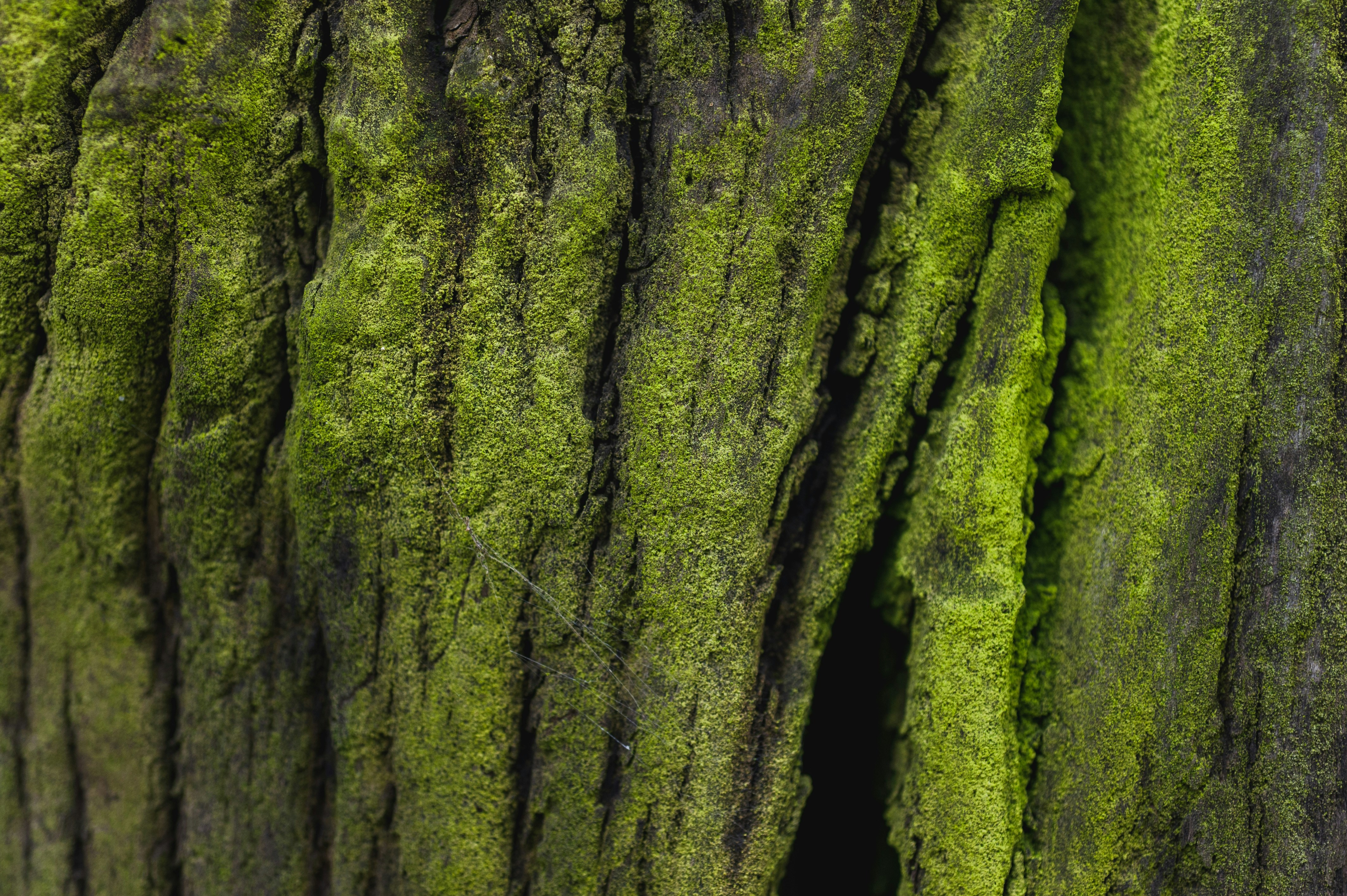
Probing into Penicillium
Next on our list is the blue or green mold famous for producing the antibiotic penicillin – Penicillium. This mold loves cold environments and thrives on damp materials such as wallpaper glue, decaying fabrics or even carpets.
While most of us associate Penicillium with medicinal benefits, certain species like Penicillium chrysogenum or Penicillium purpurogenum produce mycotoxins that are detrimental to human health causing everything from allergies to chronic ailments like bronchitis or pneumonitis if not addressed promptly. Cutting off their water supply through effective dehumidifying measures is often the most effective way to prevent their growth indoors.
The Peril of Stachybotrys: The Black Mold
Last but not least among common molds in Seattle is Stachybotrys chartarum - more commonly known as black mold due to its slimy black appearance. It grows on material high in cellulose and low in nitrogen such as gypsum board, paper, fiberboard and lint when they become wet.
The greatest danger of this insidious fungus lies in its production of toxic compounds known as mycotoxins which can cause severe health issues ranging from persistent coughing and sneezing episodes to chronic fatigue and headaches over time if exposed repeatedly. Given its serious health risks, it's crucial to call in professionals to handle black mold removal safely and efficiently.
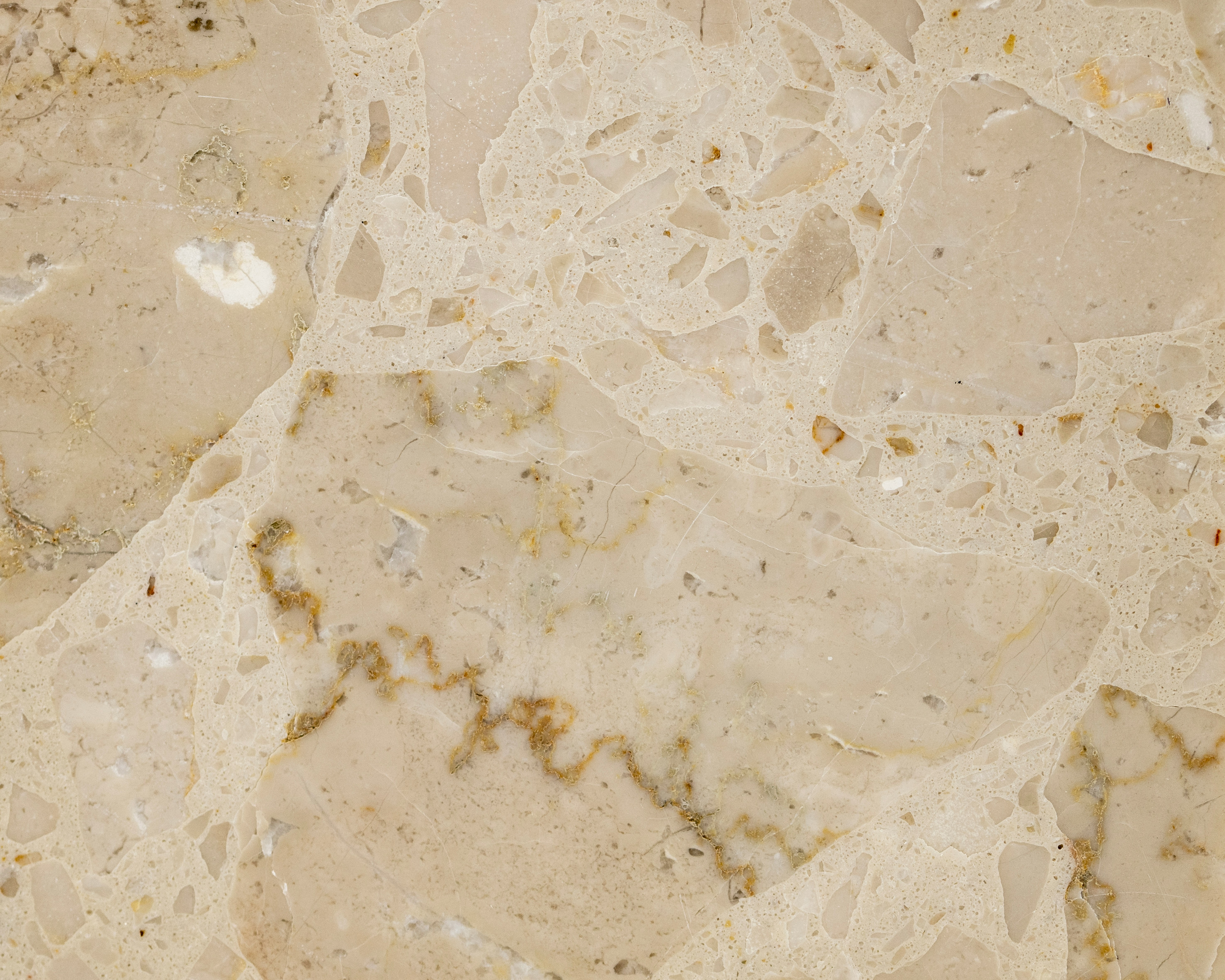
Finding the Rarely Known Molds in the Region
Beyond these commonly known molds, Seattle also houses some less common but equally consequential molds like Fusarium and Trichoderma. Fusarium is often found growing on plants but can also infect water-damaged building materials or fabrics. It produces potent toxins that can lead to skin infections or even severe illnesses especially in immunocompromised individuals.
On the other hand, Trichoderma although generally useful in the environment for their ability to break down wood and other plant materials, certain species produce a toxin that can cause pulmonary and systemic infections. These molds further underline the importance of maintaining dry and well-ventilated living spaces as a key line of defense against potential mold infestation.
The Impact of Seattle's Climate on Mold Growth
Seattle's High Humidity and Rainfall: A Breeding Ground for Mold
Seattle is ubiquitously identified with its moist, temperate marine climate. Nestled between the Puget Sound and the Cascade Range, the city receives abundant rainfall throughout the year, averaging approximately 38 inches annually. This precipitation paired with average relative humidity levels that rarely dip below 65%, create a perennially damp environment ideal for mold proliferation.
Mold spores are microscopic entities present virtually everywhere, both indoors and outdoors. They require three elements to grow: nutrients (often in the form of cellulose), warmth, and moisture.
Seattle’s damp climate provides ample moisture while typical household items like wood, paper, carpeting and even dust can provide nourishment. The relatively mild temperatures do not inhibit growth either; most common indoor molds can thrive in temperatures 40-100°F.
In buildings specifically, poorly insulated walls or windows often accumulate condensation due to temperature disparities between indoors and outdoors – a recurring issue in Seattle's cooler months. This persistent moisture on surfaces coupled with lack of proper ventilation encourages mold colonies to establish.
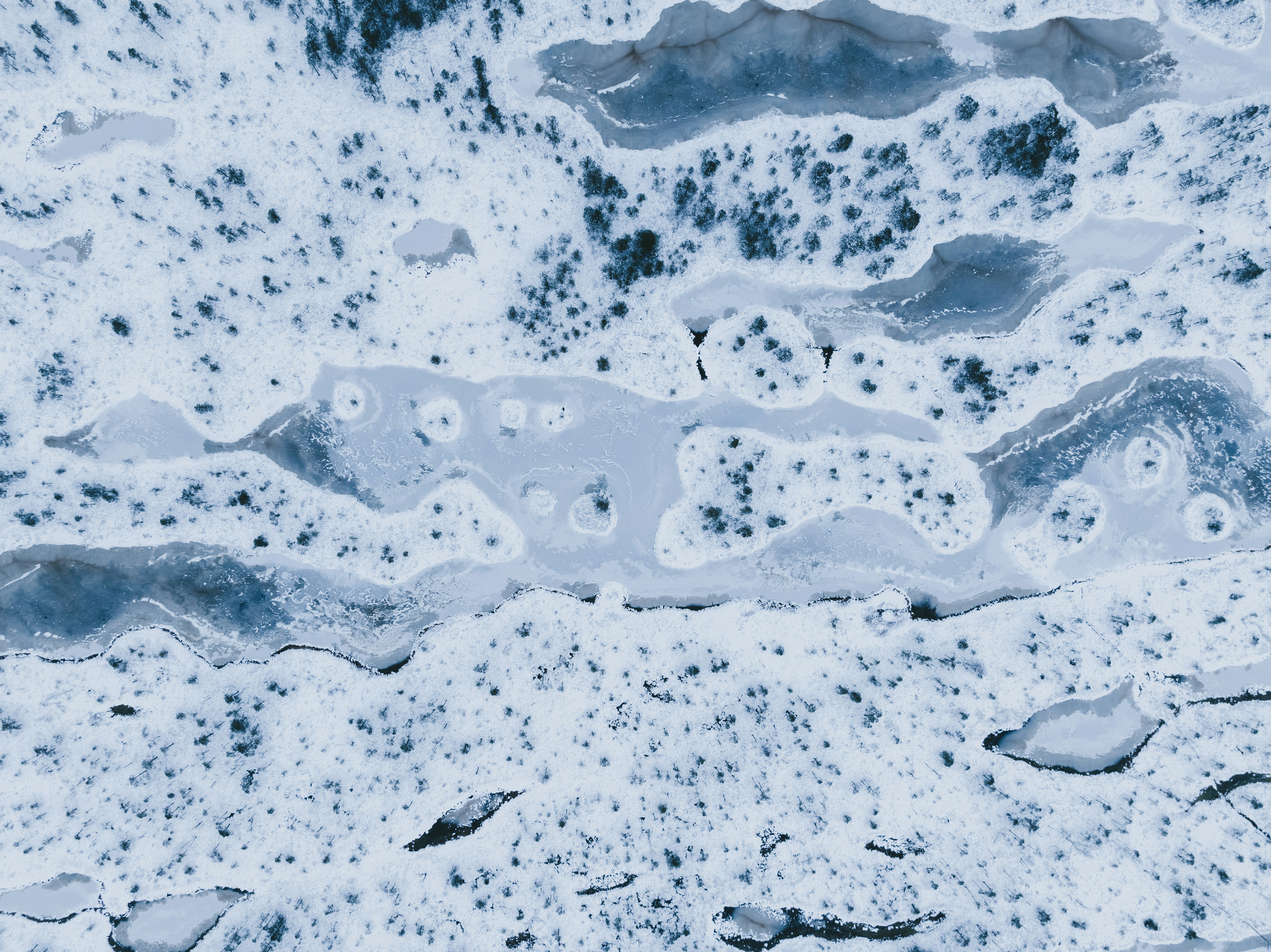
Seasonal Variations in Mold Growth: The Ebb and Flow Patterns
While it is a misconception that molds hibernate during colder seasons - they merely slow their metabolic processes but do not completely cease - certain molds have distinct seasonal patterns of sporulation (the release of spores into the environment). For instance, Aspergillus and Penicillium varieties are more prevalent during fall and winter months when homes are sealed for warmth thereby reducing ventilation which can lead to increase in indoor humidity levels.
Conversely Cladosporium species tend to proliferate during warmer months due to their preference for temperatures above 70°F. Seattle's rainiest months from November to January can exacerbate mold growth due to increased indoor condensation and dampness from wet outerwear or footwear.
In summers, the city's sporadic rain showers coupled with higher humidity levels can cause sudden mold flare-ups especially in homes without dehumidification measures. Thus, Seattle's unique climate calls for year-round mold vigilance.
Health Risks Associated with Mold Exposure in Seattle
A Perilous Intruder: An Overview of Health Risks
Mold exposure, particularly in a city like Seattle where the atmospheric conditions are conducive to its growth, poses significant health hazards. A ubiquitous fungal intruder, mold releases spores that become airborne and can be readily inhaled by residents.
The ensuing health consequences span from mild allergic reactions to severe respiratory disorders. The initial symptoms of mold exposure often mimic those of a common cold or flu, which include sneezing, runny nose, coughing, and watery eyes.
Given their seemingly innocuous nature, these symptoms are frequently overlooked until they become chronic or severe. Furthermore, individuals with allergies or asthma are especially susceptible to experiencing exacerbated symptoms when exposed to mold.
Beyond allergies and asthma flare-ups, continued exposure to molds can result in more serious health issues such as bronchitis and pneumonia. There have also been instances wherein mold has been linked to the development of hypersensitivity pneumonitis (HP), an inflammation of the lungs due to an immune response triggered by continual inhalation of specific substances such as mold spores.
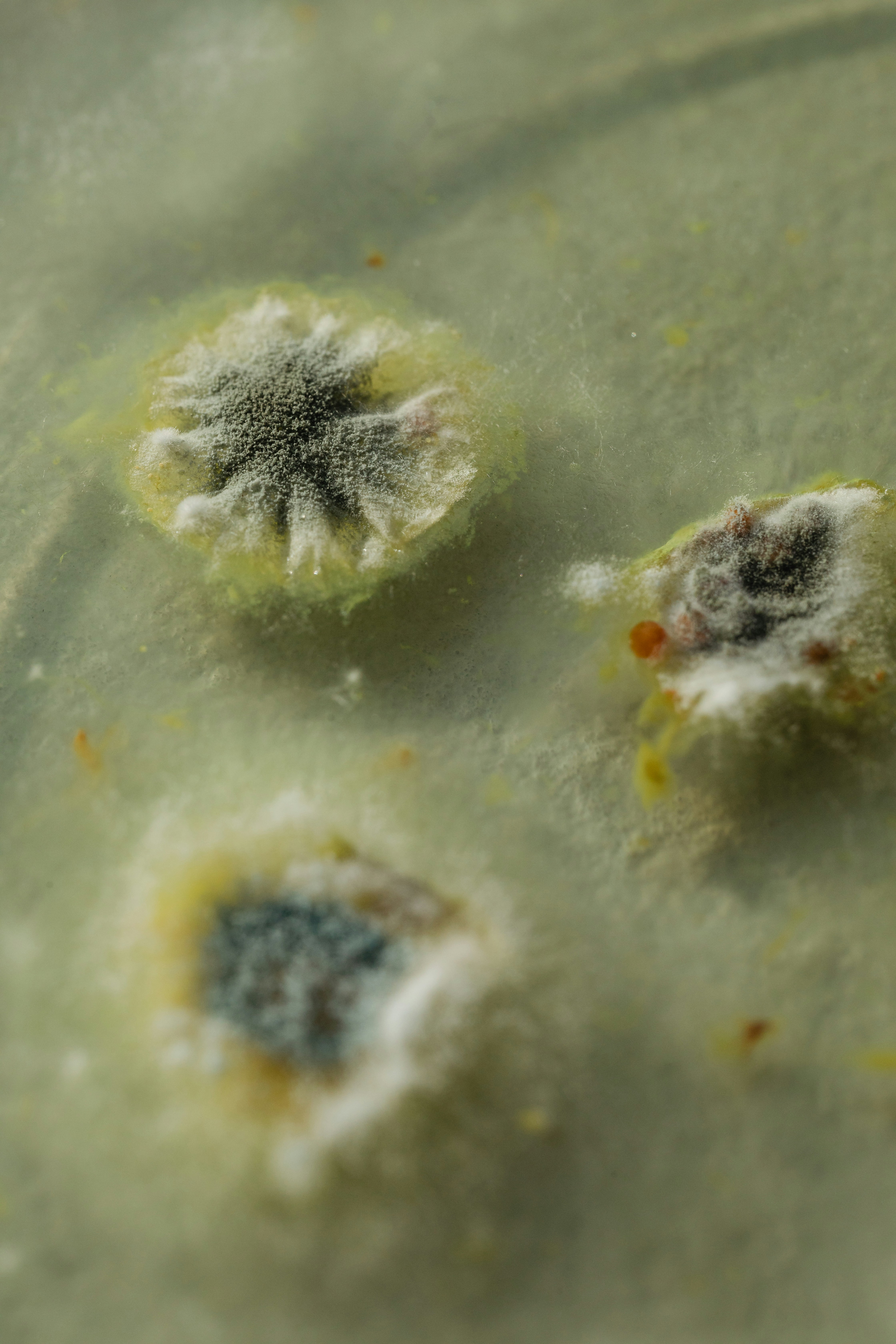
Mold Types and Tied Health Implications: A Detailed Examination
In the context of Seattle's moist climate that accelerates mold proliferation, understanding the specific molds common within this region and their associated health risks becomes vital. The following paragraphs delve into detailing some prominent molds found within the city's confines.
Aspergillus is a mold genus widely found in many homes across Seattle due its affinity for damp environments. It typically appears greenish-blue or grey on surfaces.
Exposure to Aspergillus can lead to an array of respiratory conditions including aspergillosis - a condition characterized by an allergic reaction or fungal infection often affecting individuals with weakened immune systems or chronic lung conditions. Cladosporium, identifiable by its olive-green or brown hue, is another form of mold prevalent in Seattle.
While traditionally regarded as non-threatening to humans, prolonged exposure to Cladosporium spores can potentially induce respiratory issues and skin lesions. Perhaps the most infamous among molds is Stachybotrys or black mold.
Its dark greenish-black appearance and preference for water-damaged building materials make it a common sight in Seattle homes with moisture issues. Exposure to this toxic mold can result in severe health problems such as neurological issues, immune suppression, pulmonary hemorrhage in infants, and even death in rare cases.
While the city of Seattle offers a vibrant tapestry of culture and natural beauty, its residents must remain vigilant against silent intruders like mold that pose significant threats to their health. The key lies in understanding the types of molds present and taking preventive measures to curb their growth.
The Impact of Mold on Indoor Air Quality in Seattle Homes
Decoding the Influence of Mold on Indoor Air Quality
In the quest to understand the gravity of mold infestations, it's vital to uncover how such invasions can drastically degrade indoor air quality. Molds, being microscopic fungi, propagate by releasing spores into the surrounding environment. In a home setting, these spores are dispersed into the indoor air and can be easily inhaled by occupants.
The concentration of mold spores within one's residence primarily dictates the degree of impact on air quality. Seattle's high humidity levels provide an ideal environment for these molds to thrive.
Consequently, homes in Seattle are more susceptible to higher concentrations of airborne mold spores than those located in drier climates. Prolonged exposure to a mold-infested environment can cause a host of health problems ranging from allergies and asthma exacerbation to potentially harmful mycotoxicoses.
Moreover, certain molds like Stachybotrys chartarum release toxic substances known as mycotoxins which contaminate indoor air when present in large quantities. This degradation in air quality is not only unhealthy but also creates an unpleasant atmosphere within homes due to mold’s typical musty odor.
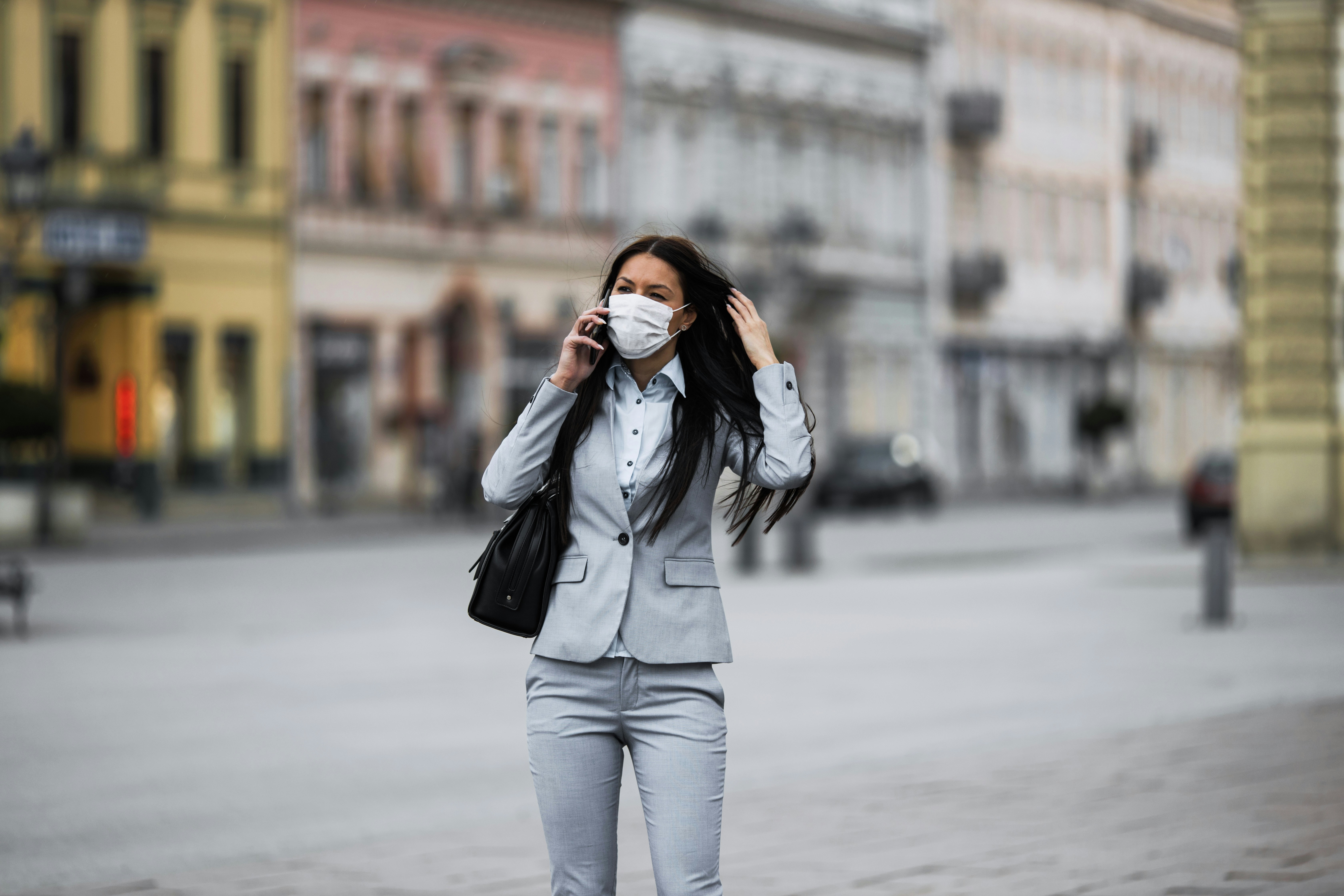
Mold-Inflicted Air Quality and Its Respiratory Repercussions
The correlation between poor indoor air quality due to molds and respiratory issues is decidedly robust yet alarmingly under-discussed. When molds disperse their microscopic spores into indoor environments, these tiny invaders are readily taken up by human lungs upon inhalation; their presence therein starts a chain reaction leading towards diverse respiratory ailments. Prolonged exposure can lead to chronic conditions like allergic rhinitis or sinusitis resulting from inflammatory responses initiated by mold allergens.
As per estimates from reputable health entities such as the World Health Organization (WHO), approximately 14% of all chronic respiratory conditions worldwide can be attributed to poor indoor air quality, a significant proportion of which is traceable back to mold infestation. More alarming yet is the potential role of molds in precipitating asthma attacks or even fostering its development, particularly amongst children.
The Asthma and Allergy Foundation of America (AAFA) states that molds are among the most common triggers for asthma attacks. Furthermore, a study published in the European Respiratory Journal found an association between exposure to indoor dampness and mold during early childhood with the development of asthma later in life.
The impact of mold on Seattle's indoor air quality goes far beyond mere nuisance- it poses a potentially serious public health issue. In light of such compelling evidence linking mold-associated poor air quality with respiratory health risks, residents are advised to promptly address any suspected mold infestations within their homes.
Preventing and Treating Mold Infestations in a Damp Climate
Guarding Against the Unseen: General Tips for Preventing Mold Growth
Mold spores may be invisible to the naked eye, but their deleterious implications on health and infrastructure are glaringly conspicuous. The key to thwart this silent invader is prevention.
Firstly, constant vigilance over humidity levels is paramount. A hygrometer can assist in monitoring indoor humidity, which should ideally be held below 60%.
Secondly, enhancing air circulation also impedes mold's attempt to colonize. Regularly opening windows or using fans can help circulate air and discourage the condensation that promotes mold growth.
In addition to maintaining airflow and monitoring humidity levels, regular cleaning serves as another bulwark against mold growth. Utilizing cleaning products that kill mold spores reduces their likelihood of proliferating on surfaces.
Furthermore, it's essential to promptly address leaks or spills since lingering moisture provides a fertile breeding ground for spores. Installing dehumidifiers in basements or other particularly damp areas can also prove beneficial.
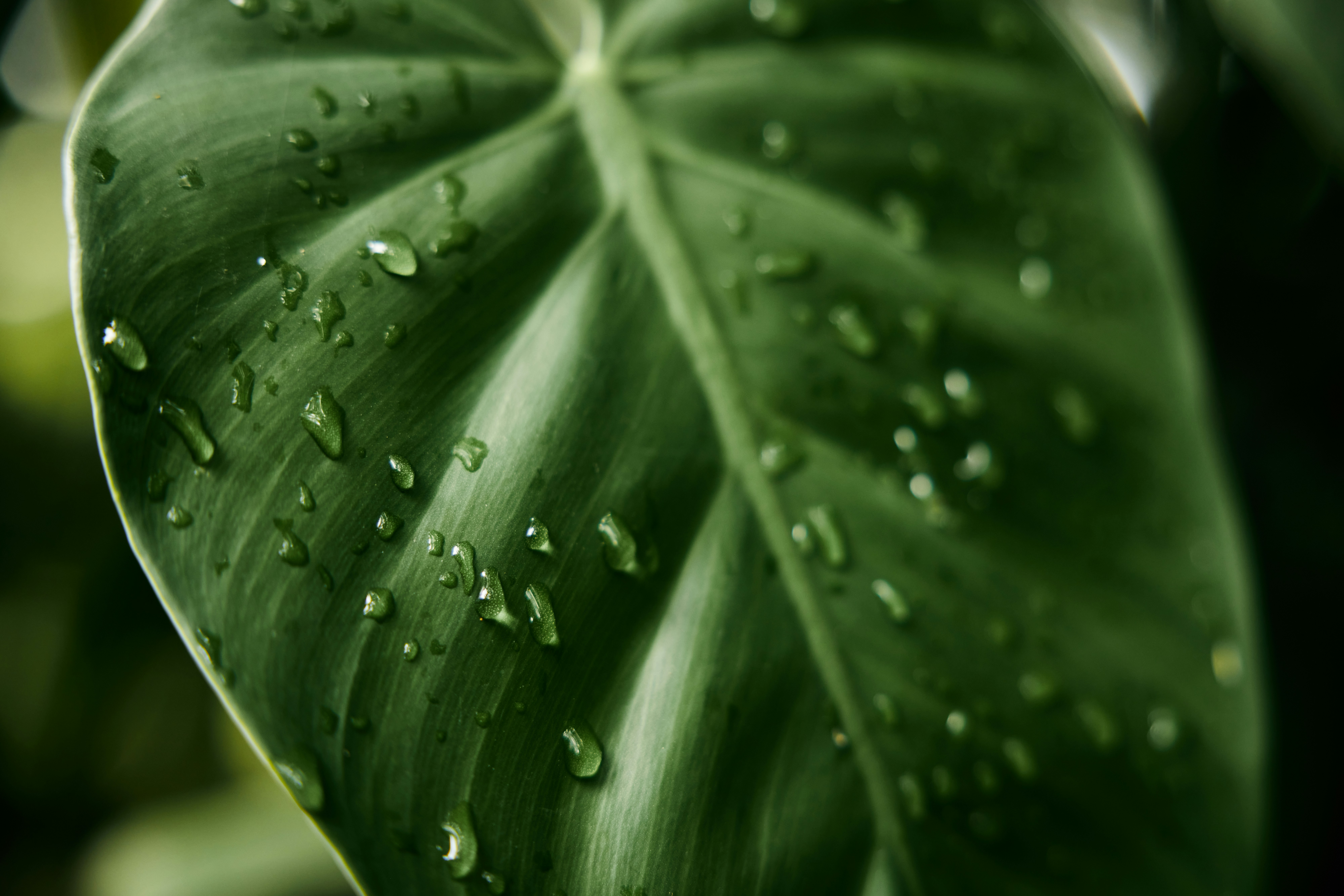
Seattle Specifics: Tailoring Prevention Strategies for Damp Climates
In an exceptionally moist climate like Seattle's where ambient conditions frequently foster mold growth, additional prevention measures are crucial. Insulation plays a pivotal role here; insulating walls, roofs and windows curbs condensation by limiting the cold surface area available for moisture-laden warm air to condense upon. Another Seattle-specific strategy involves managing external water intrusion effectively due to the city's high rainfall levels.
This can involve ensuring proper roof drainage systems are installed and functioning efficiently. Additionally, utilizing rain-resistant barriers on exterior walls will shield them from driving rainwater while permeable house wraps allow internal moisture escape without letting external moisture seep in.
When engaging in building construction or renovation in Seattle, it's imperative to choose mold-resistant materials. Wall panels and paints imbued with mold inhibitors can be instrumental in deterring mold colonization, thus fortifying the structure against this pervasive threat.
Professional vs. DIY Removal Methods
The decision between engaging professional services and adopting a do-it-yourself approach hinges on the severity of the infestation. Small surface infestations can often be dealt with effectively using over-the-counter products or homemade solutions, such as vinegar or a mixture of bleach and water. However, more extensive infestations or ones hidden within walls or beneath flooring necessitate skilled intervention. Trained professionals possess not only the requisite knowledge for thorough mold eradication but also specialized equipment like HEPA vacuums or air scrubbers that ensure complete spore removal without risk of dispersal throughout the house. Ultimately, when faced with a potent health hazard such as mold, it's vital to ascertain your situation accurately before choosing your course of action. An underestimate could lead to an incomplete cleanse that allows residual spores to repopulate swiftly, while an overestimate could result in unnecessary expenditure.
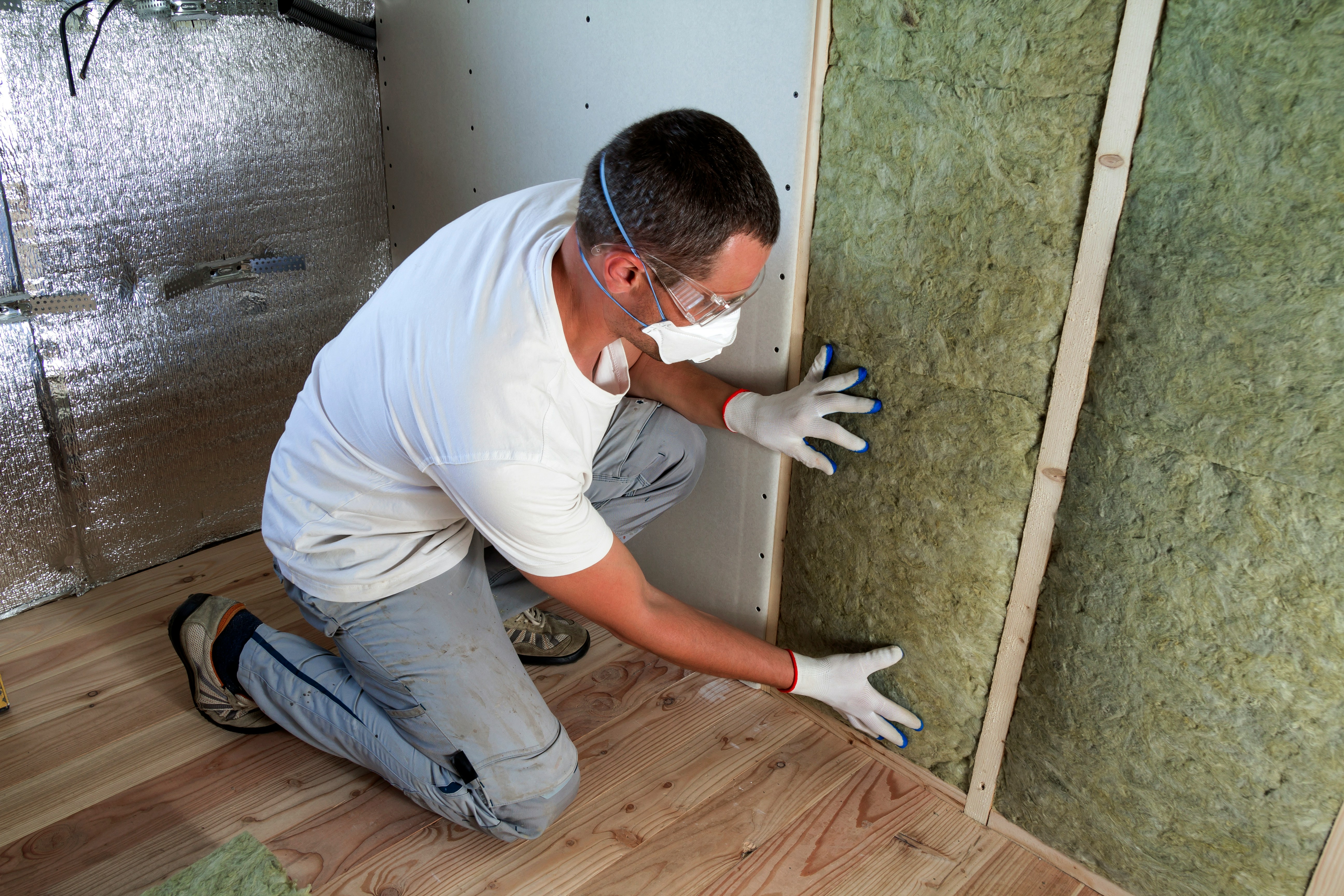
Case Study: Successful Mold Remediation Efforts in Seattle Buildings
A Glimpse into Residential Triumphs
A picturesque Craftsman-style home located in the Ballard neighborhood serves as a prime example of successful mold remediation. The house, despite its esthetic allure, had been plagued by a rampant Aspergillus infestation in the attic and basement - largely a consequence of poor ventilation and Seattle's damp climate. In response to this predicament, the homeowners sought the aid of professional mold remediation services.
By adopting comprehensive measures such as improving ventilation, rectifying leakage issues, and implementing rigorous cleaning procedures using EPA-approved biocides, the experts were able to completely eradicate the Aspergillus colony. Post-remediation testing authenticated this victory by revealing an absolute absence of airborne Aspergillus spores.
Another residential triumph against mold manifested in a quaint Capitol Hill condominium that had been beleaguered by Stachybotrys chartarum or ‘black mold’. The infestation was traced back to persistent humidity issues owing to faulty bathroom fans.
Recognizing early signs like musty odor and respiratory discomfort among residents, immediate action was taken involving thorough moisture control measures and strategic black mold removal under containment conditions to prevent further spread. Follow-up inspections affirmed an all-clear status for this residence.
Commercial Building Victories Against Mold
On the commercial front, notable strides have been made too. A prominent case entails a historic brick building downtown that housed numerous businesses including an eatery and bookstore on its ground floor.
Mold growth observed on interior walls was found to correlate with neglected water seepage from faulty external drain systems during Seattle’s notorious rainy season – culminating in a Cladosporium outbreak that jeopardized both infrastructure integrity and occupant health. Swift yet careful measures initiated by mold remediation professionals employing advanced dehumidifiers, air scrubbers and fungicides successfully abated the mold crisis, thereby restoring the building to its former salubrious state.
Similarly, a modern office complex located in South Lake Union fell prey to Penicillium mold linked to improperly sealed windows and ensuing water damage, an issue that was exacerbated by Seattle’s hydrous climate. The application of meticulous removal practices combined with substantial window resealing efforts remarkably nullified the Penicillium threat, proving yet again that strategic remediation can indeed conquer insidious mold invasions.

Lessons Derived from Successful Remediation
These victorious battles against mold teach us several valuable lessons. Foremost among them is the importance of early detection – both homeowners and administrators must stay vigilant for signs such as damp odors or visible mold spots. Further, they underline the impact of thorough professional remediation versus temporary DIY fixes; while household remedies may alleviate surface-level issues, entrenched infestations typically necessitate professional intervention for complete resolution.
These cases also highlight how pre-emptive interventions like proper sealing and consistent upkeep of buildings can nip potential issues in the bud before they burgeon into full-blown infestations. They underscore that post-remediation testing is indispensable for verifying successful removal and ensuring future safety.
Resources for Navigating Mold Problems in Seattle
Seattle residents or businesses faced with a mold problem have numerous resources at their disposal to effectively navigate this situation. The King County Public Health Department provides an array of information on mold prevention, identification, and removal. Their guidelines are formulated with the unique demands of Seattle's climate in mind, making them a highly practical resource.
Moreover, homeowners can find useful insights on how to manage moisture and insulate their homes adequately to impede mold growth. Another valuable resource is the Washington State Department of Health's Indoor Air Quality Program which includes comprehensive information on mold and its detrimental effects on health.
This program also addresses how to increase indoor air quality, thereby reducing the health risks associated with prolonged exposure to various types of mold. In addition to government-provided resources, several professional services specialize in mold remediation within Seattle.
These companies offer extensive services from inspections and testing through complete remediation processes that ensure safety post-treatment. A few even provide educational seminars for property managers or homeowners who want to gain more knowledge about preventing and dealing with mold infestations.
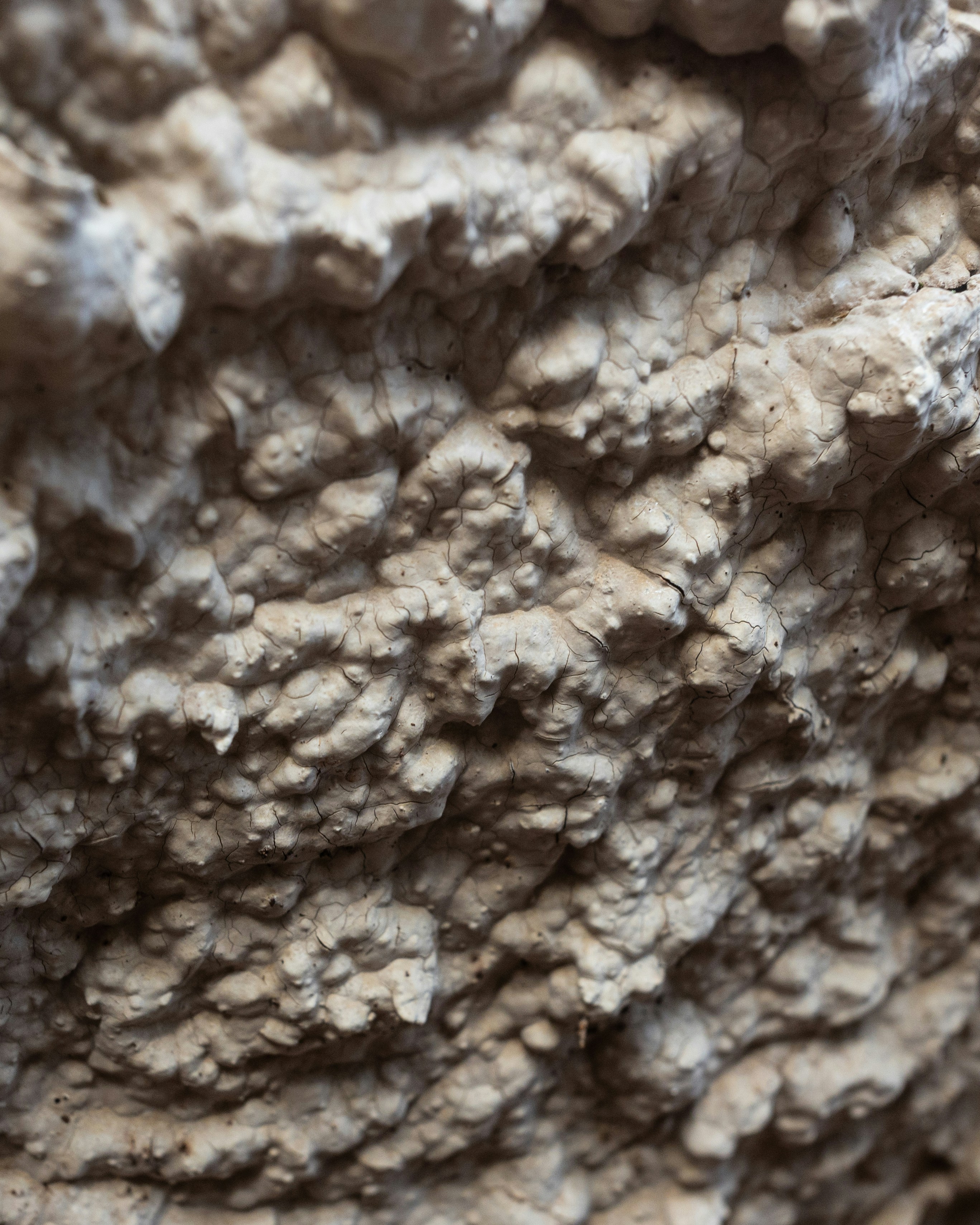
Conclusion: Embracing a Proactive Stance Against Mold
Mold in Seattle is a significant concern due to the city's unique climate characteristics. However, it does not have to be an insurmountable problem for residents or business owners.
Armed with knowledge about its causes and effects, effective preventive measures, remedial actions when necessary and supported by local resources - everyone can take a proactive stance against this persistent issue. The challenge posed by mold has inspired remarkable resilience among Seattleites as they continually adapt their homes and lifestyles to keep this perennial invader at bay.
Rather than succumbing to fear or frustration over this seemingly inevitable occurrence, many find strength in knowledge, strategic action, community support, and the professional services at hand. In this way, mold becomes less of an enemy and more of a catalyst for building healthier homes and stronger communities.

